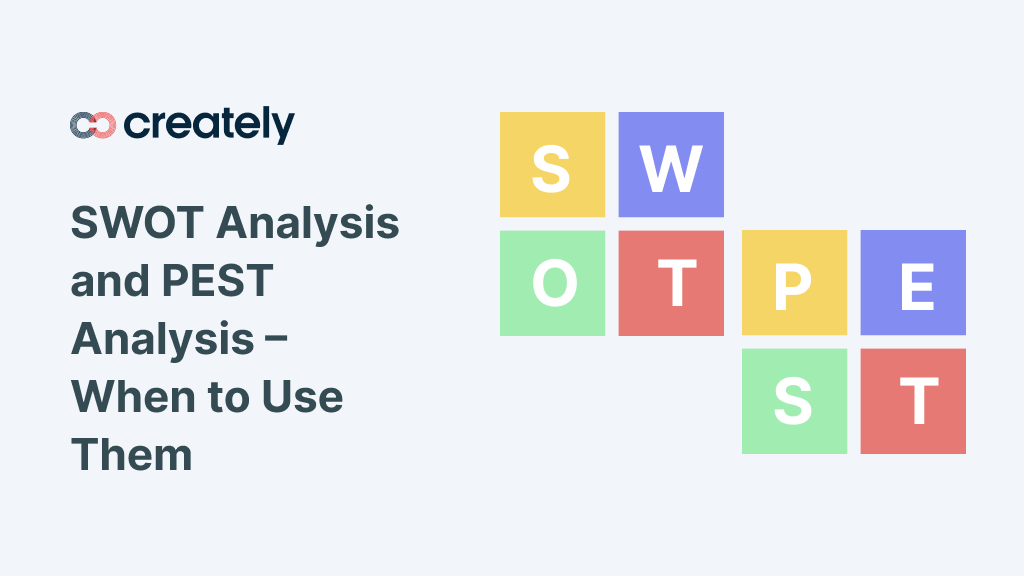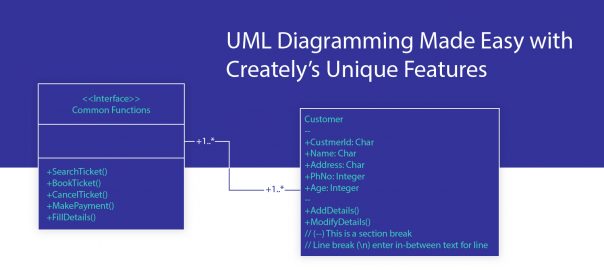Data Visualization is one of the trending areas in data science and can help an organization thrive. It can deliver clear messages to the shareholders who are not much familiar with data, such as an organization’s board.
Data visualization helps an organization acquire valuable insights that will help in process improvement, increasing profits, and improving customer satisfaction.
So, what actually is data visualization?
It is the process of displaying information/data in the form of visual content or graphical figures, bars, and charts.
It is utilized as a means to provide visual reporting to users for the operations, general statistics, or performance of an application, hardware, network, or virtually any IT asset.
Why Do We Need Data Visualization?
Data visualization is considered as the de facto standard for present-day BI(Business Intelligence). Data visualization tools play a significant role in democratizing analytics and data and delivering data-driven insights to all the employees across the organization.
When compared with previous BI software versions or the traditional statistical analysis software, these tools are typically easier to operate. Data visualization software also plays a significant role in advanced analytics and big data projects.
Humans can process methods of visual communication much faster than any other forms of data. Also, visual data is easier to remember than spoken or written data. Data visuals make it easier to present concepts to your partners, your clients, and your employees. This will make your messages clearer and save you a lot of time as well.
Data Visualization Mistakes
Though the graphs and charts are an incredibly powerful way to represent your data, committing even a minor mistake can bury your insights in confusion and clutter. Now, let’s have a look at the major data visualization mistakes that could interfere with the effectiveness of your data visuals.
Adding Too Much Data
Your visual lacks focus when you add a lot of data to it.
Adding more data than required can be distracting and confusing to your audience as they will find it difficult to identify the proper path to take in order to understand the story your metrics are trying to convey.
You have probably gone too far if you see your viewers begin to get that glazed-over look in their eyes while trying to interpret your charts. So, it’s better you keep your visual simple and eliminate the components that don’t add to conveying your message.
Treating Data Visuals as the Final Solution
When presenting data in graph or chart form, it’s easy to get overconfident.
When a visual layout makes it clear that for cause Y, factor X is responsible, you may ignore all other variables that may have an influence on your decision-making process(mainly if the problem is more complicated). Thus, you have to treat data visuals only as one of several tools to help you make decisions but not as the final solution to your problem.
Starting with a Foregone Conclusion
Your inherent bias could have an effect on the kinds of reports you eventually see as you have direct control over how the charts and graphs are produced.
For example, you may manipulate the data unintentionally to display what you want to see if you start with a foregone conclusion or a bad assumption. Remaining objective is much harder than ever, so you must be consistent and careful in how you create reports.
Bad Data
If the quality of your data is off, even the best visual in the world won’t help you. Even the most beautiful visual will become inaccurate and could lead you down the wrong path if the data is aggregated, or improperly categorized, gathered. The quality should be monitored continuously to ensure consistent and correct data is available.
A manager can make bad decisions when incorrect data is utilized to visualize demand. Even a mistake as small as a misplaced decimal point can lead to false conclusions. So, make sure you double-check your data selection and gathering methods prior to getting too far on any one path.
Data Visuals Cannot Solve Ground-Level Problems
Data visuals are good at helping you view the big-picture issues and high-level trends, but they are not great at helping you solve ground-level problems. You must keep this in mind when making decisions.
Oversimplification
Making your data visualization overly simple is as harmful as making it more complicated. The decision makers or your clients won’t have enough data to make well-informed choices if you leave out critical points in your attempt to make it overly simple.
What Other Data Visualization Mistakes Do You Know of?
Data visualization should never be about expressing the creative capabilities of a data scientist or making fancy charts. Its primary objective is to help your audience in achieving their goals.
Only if it’s carried out with great care, data visualization can add value to an organization. The data scientists will be able to create meaningful charts that render the correct message clearly when they avoid the above-stated pitfalls.
You may have come across other data visualization mistakes. Do share them with us in the comment section below.
Author Bio: Savaram Ravindra was born and raised in Hyderabad, popularly known as the ‘City of Pearls’. He is presently working as a Content Contributor at Tekslate.com. His previous professional experience includes Programmer Analyst at Cognizant Technology Solutions. He holds a Masters degree in Nanotechnology from VIT University. He can be contacted at savaramravindra4@gmail.com. Co




